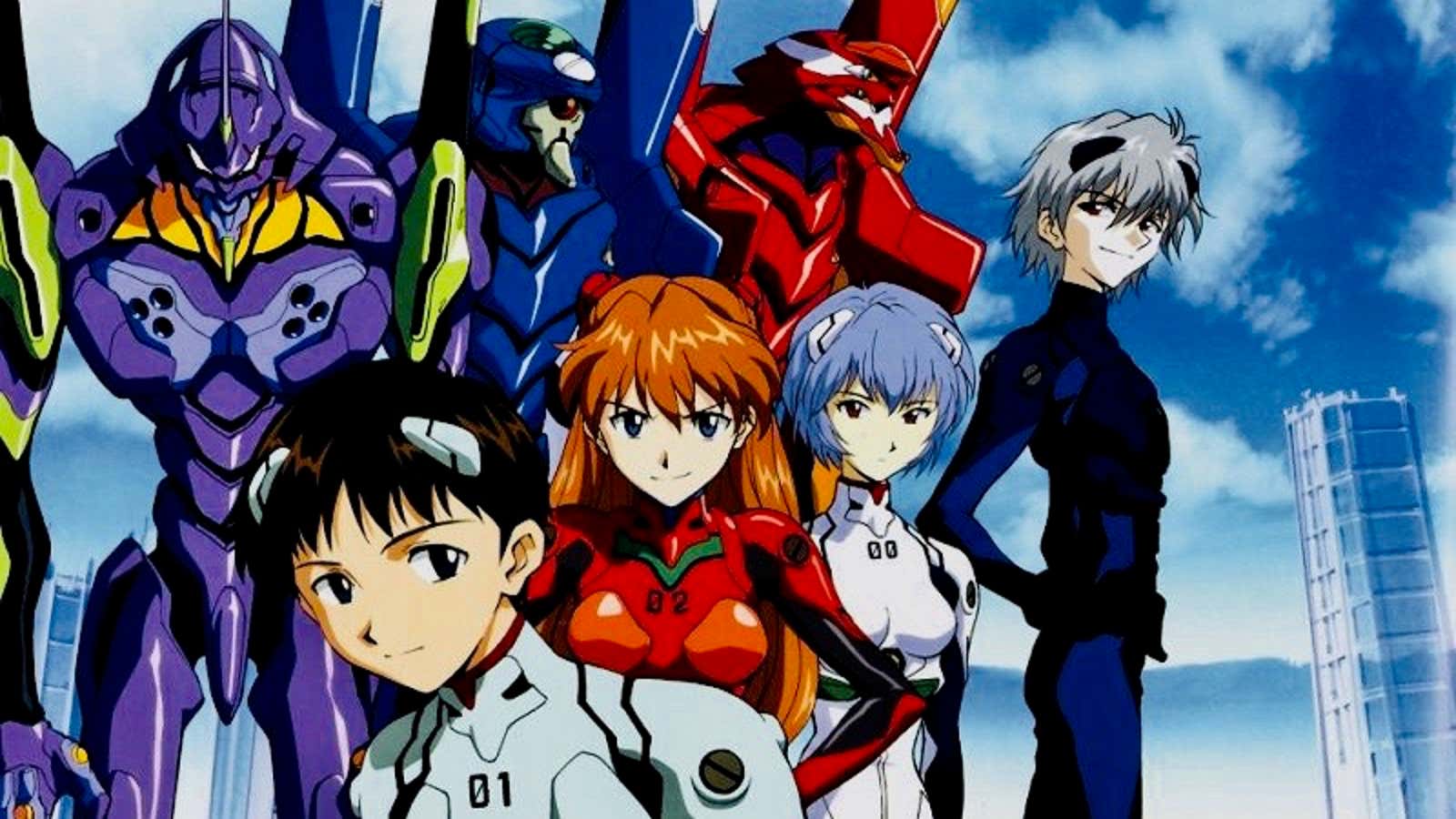Neon Genesis Evangelion is a classic 1995 Japanese animated series that takes place in a future that is already our past, the year 2015. Yet it has never been more relevant.
Described in the New Yorker as “a kind of Holy Grail for anime fans” because it’s been difficult to find and watch legally until now, it was released by Netflix in English on June 21. The 26-part series by Hideako Anni is not quite science fiction anymore, and the story it tells isn’t as fantastical now as it was in 1995. But it is, in some senses, the story of our lives.
The show is about an Earth ravaged by war with deadly mechanical “Angels.” It takes place in an imaginary Tokyo where entire city districts, buildings and all, can descend underground while the Angels battle humans in technological armor. The humans fight back with massive machines of their own, called EVAs, which are piloted by psychologically sensitive teens. Obviously, this does not describe our current reality exactly. However, there are elements of this 20th-century series that are factual now, in the 21st century, for better or worse.
In one episode, for example, a history teacher lectures his high school students about environmental disaster. He talks about a meteor that struck the Earth in the late 20th century, transforming the global climate, eviscerating thousands of species, destroying economies and ecologies, and leading to tribal wars among humans. As he speaks about the event known as “the Second Impact,” his students, all on laptops in the classroom, are too busy instant messaging Shinji, a reluctant young EVA pilot, about whether he really did battle with an Angel, to listen to their old professor.
Given that people were only just starting to use the internet widely in 1995 and that instant messaging and social media were merely twinkles in the eyes of their inventors at the time, the tools in the fictional classroom are remarkably prescient. These are now our facts. Sadly, so is the ignored lesson being taught by the aged lecturer in a scene that will ring true to today’s environmentalists. As the teacher drones on about rising seas and lost species and the impossibility of keeping the peace among humanity as Earth’s resources are depleted, his lesson goes unheeded.
Similarly, the underground Tokyo of the series seems prescient. Maybe we too will someday live in transformative cities with structures adjusted for climate change.
Certainly, what is already true is that we, like the teens who pilot the EVAs and the scientists who created them, have never been so close to or reliant upon machines. And like them, we struggle with this relationship. The teen pilots are psychologically drained by their unification with the EVAs. Similarly, we are exhausted by our devices and yet unable to think of life without them.
On a purely metaphorical level, too, the work resonates today. Shinji, the series’ protagonist, is the son of the EVAs’ creator, a stern and distant father who calls for his son only when he’s needed to pilot his weapon. Their relationship is a starker version of the one many ambitious parents and children have in a competitive culture. Shinji’s father is extremely driven and uses his son to fulfill his own wishes. Meanwhile, the boy doesn’t want to disappoint his dad but resents the responsibilities thrust upon him and is throughout the series unsure about the role he’s been given. He doesn’t want to be an EVA pilot or a hero, but Shinji finds himself continually incapable of turning his back on his dad, though he feels abandoned by him and unhappy about the plans made for him.
Although Neon Genesis Evangelion is a classic in the genre of giant robot tales—known as “mecha”—it is at root a story about growing up and what it means to be human. So, like many classic coming-of-age stories, it works for young and old alike, depicting the awkwardness and power of youth and the struggle we have to find our own truths in a world that’s necessarily designed by others.
The new version has some notable changes, including an updated English translation. It’s also missing the show’s beloved outros—different karaoke-style versions of “Fly Me to the Moon”—which has outraged some fans.
Still, anime devotees, including notable creators of our times, have been commenting on it and binge-watching all weekend. Eisner Award-winning comic book writer and illustrator Becky Cloonan of Gotham Academy and Batman fame, for example, noted on Twitter on June 22 that her partner and fellow creator, Michael Conrad, was in deep.
Even if you aren’t mad for anime, the series is worth watching. You may never have to pilot a giant robot, but we are all trying to figure out who we are and what we have to offer in a world dominated by technology.
